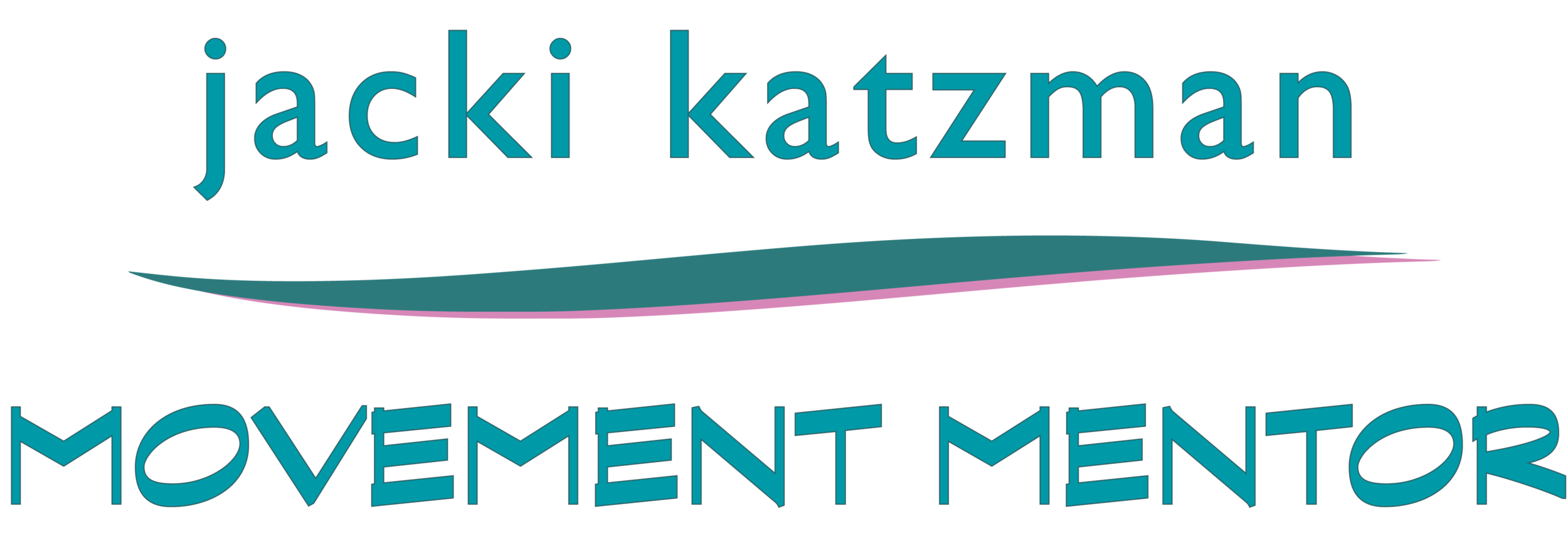Long Neck, Heavy Head - 11 - Stack the Spine, Circle C7
Long Neck, Heavy Head - 11 - Stack the Spine, Circle C7
Getting deep into the upper back
Based on “Skewering the Spine” from “And the Head is Free” as taught by Arlyn Zones, GCFT® and “Oscillations Around C7” by Moshe Feldenkrais (Amherst)
It was at Ojo Hot Springs near Santa Fe, where several Feldenkrais classmates and I were playing in the mud, when Patricia asked me “what has been your most influential lesson so far?” Without hesitation, I answered “The C7 lessons.” So profound were that lessons, so deep the trance, that I forgot all about them. Until this week.
The C7 lessons focus in on the knobby spot where the last free vertebra of the neck, cervical 7 (C7), meets the top thoracic vertebra (T1) and top rib. It’s a critical transition point for balancing the head, transmitting ground forces up, and aligning the thoracic spine for free breathing. Not only is C7 important for expanding energy up from the floor; when compressed with appropriate finesse, C7 can be a lever to press down into anywhere in the body
Last week we worked up to releasing C7 through ‘oscillation,’ using the feet to press up and pull down on the spinal column. When the spine is comfortably stacked, and oscillations are working, it’s easy to breathe. The belly jiggles like ‘jelly pudding,’ the brit term for jello. Developing diagonal movements - draping one leg over the other - effectively highlights balance issues and preferences. Different alignments of the shoulder blades - arms out, raised, lying on the floor overhead - spotlight upper body habits. As the spine opens up end-to-end, the heavy head rolls easily, and balances elegantly.
This week the attention shifts up the spine to C7. Circling the base of the neck, with different arrangements of arms and pelvis, is a tour of the connections from the head to the entire body. It may put you into such a deep state that, on the conscious level, you may forget the lesson completely. but your nervous system will remember.
Science Nerd Candy Bowl:
Human Anatomy Explained: The Ultimate Guide of Cervical Spine Movements -@Anatomy.app (1:53) - animation of the front, back, side to side and twisting motion of the cervical spine
Cervical Spine Anatomy Animation: Veritas Health (2:45) Useful descriptions of the unique characteristics of each cervical vertebra
Set Up for a Supine Lesson:
On a mat with padding for head and knees as works for you, so neck and long back have room to open up and flatten
OR sitting in a level, stable, armless chair, with knees and hips level
How you might feel after this lesson: Looser all over; Longer; Open; Breathing deeply; Relaxed jaw, shoulders and neck; Upper back massaged; Ribs released; Possible realignment of legs in hip sockets, arms in shoulder sockets; Able to let head be heavy and neck long; Able to support the head from deep in the spine; Spaced out - another trance-inducing lesson.
Wednesday 9:30 am or 6:30 pm class registration, keep using it. If you were registered for the 12:00 pm Wednesday session, you’ll need to register. Registered, paid students receive the lesson recording link on Thursday. $40/month; $15/single lesson. PayPal or Venmo to jackisue@aol.com. Or check to Jacki Katzman, PO Box 116, Bethlehem, NH 03574
For new student registration, Click Here
“We do the movements just to test ourselves if we are sleeping or are awake. That means [to distinguish] if we are able to pay attention, to do what we want, or if something inside of us, by itself, does what it wants. In other words, we are trying to stop being machines, but rather to become something closer to being a human that has awareness, knows what he is doing, and does what he wants... ”

